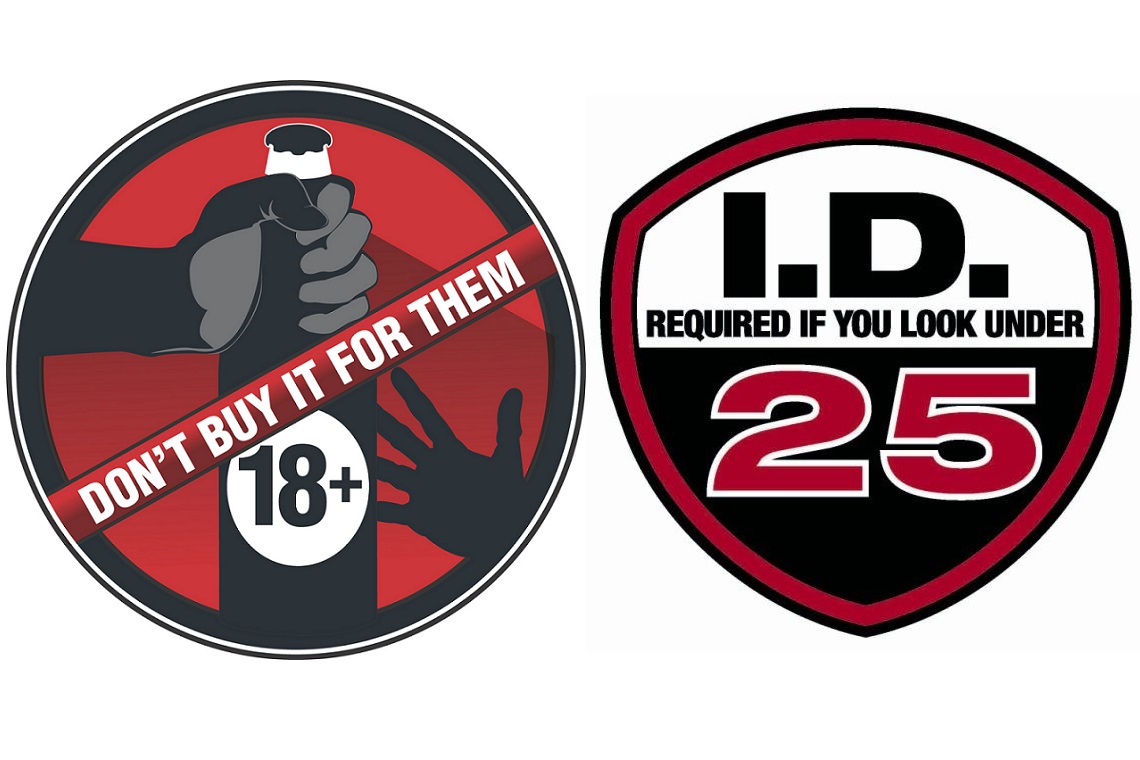The results of the 2017 Australian Secondary Students’ Alcohol and Drug survey were updated last week and showed that parents are the main source of alcohol supply for children under the age of 18.
Many industry associations have raised concerns over this outcome, urging parents to adhere to Australian Government Alcohol Guidelines, which state that for anyone aged under 18, no alcohol consumption is the safest option.
Simon Strahan, CEO of DrinkWise, said it was important for parents to remember that providing alcohol to their children does not protect them against future consumption.
“The 2017 Australian Secondary Students’ Alcohol and Drug (ASSAD) survey results, which show that parents are the main source of alcohol for children, are concerning,” Strahan said.
“When it comes to alcohol, DrinkWise recommends that parents educate their children about the risks involved with underage drinking. Research shows that the longer teenagers delay alcohol use, the less likely they are to develop problems with alcohol later in life – and that parental provision of alcohol to underage teenagers does not protect against increased alcohol consumption in the future.
“It is important to remember that while some parents do provide alcohol to their children, the majority do not. This is reinforced by government statistics which show that 82 per cent of 12-17 year olds do not consume alcohol. The ASSAD report also shows that fewer students had consumed alcohol in their lifetime than at any time between 1984 and 2017.
“We have seen a positive response from parents to our DrinkWise Kids and Alcohol Don’t Mix campaign. We remain committed to providing parents with information to assist them with conversations with their children around underage drinking, including our DELAY five point plan, which provides parents with practical advice on how to be a positive influence and delay their children’s introduction to alcohol.”
He added: “We know that the brain continues to develop throughout adolescence. DrinkWise recommends adhering to the Australian Government Alcohol Guidelines which state that for people under 18, not drinking alcohol is the safest option. In the short term, health issues caused from underage drinking can include vomiting, increased risk taking and physical injuries. In the long term, it can increase the chance of alcohol misuse, physical health problems and social issues.”
Julie Ryan, CEO of Retail Drinks Australia, said the survey was consistent with other findings that parents are the source of alcohol for many underage children.
“The data from the latest [ASSAD] survey is further confirmation that secondary school students typically access alcohol either from their parents or their friends, rather than purchasing it from licensed premises themselves,” Ryan told TheShout.
“The results from the ASSAD survey are consistent with the findings from the most recent National Drug Strategy Household Survey (NDSHS) in 2016, which also found that the major sources of alcohol for teenagers aged between 12 and 17 was either a friend (43 per cent) or a parent (32 per cent).
“In addition, the ASSAD survey reports that only one per cent of 12-15 year-olds and two per cent of 16-17 year olds bought alcohol themselves.
“The results from both of these data sources would indicate that the vast majority of alcohol supplied to minors is as a result of parents and friends, rather than irresponsible practices across licensed premises.”
The survey questioned just over 20,000 students from years 7-12, with schools sampled from each state and territory. The survey also showed that the number of secondary school students drinking alcohol is decreasing. In the 2011 survey 74 per cent of respondents had ever drank alcohol, that number decreased to 68 per cent in 2014 and 66 per cent in 2017.

